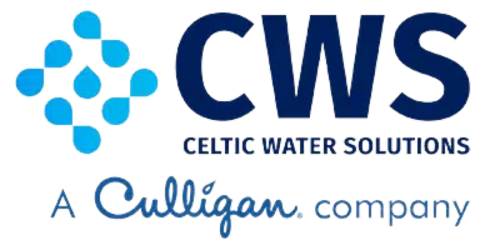When you come across the term “WRAS approved”, it’s not just a label—it’s a pledge of safety, quality, and legal compliance. In this, we’ll unpack what WRAS approval really means, why it matters, and how it benefits everyone from homeowners to plumbing professionals.
Table of Contents
-
What Does WRAS Stand For?
-
Origins and Role of WRAS
-
Why Is WRAS Approval Important?
-
Scope of WRAS Certification
-
How Products Achieve WRAS Approval
-
Duration and Renewal of WRAS Certification
-
Legal Implications vs. Practical Expectations
-
How to Verify WRAS Approval
-
Common Misconceptions and Pitfalls
-
Benefits of WRAS-Approved Products
1. What Does WRAS Stand For?
WRAS is the acronym for Water Regulations Advisory Scheme, a UK-based certification body dedicated to ensuring that plumbing products meet the stringent requirements of the Water Supply (Water Fittings) Regulations and equivalent byelaws in Scotland and Northern Ireland.
2. Origins and Role of WRAS
Founded in 1999, WRAS serves as an independent scheme recognized by all UK water suppliers. It certifies plumbing components—ranging from pipes and taps to water heaters—to ensure they don’t contaminate drinking water or contribute to waste or misuse.
3. Why Is WRAS Approval Important?
WRAS approval is more than a badge—it’s your shield. It assures that:
-
Drinking water remains free from harmful substances, odours, tastes, or microbial contamination
-
Plumbing fittings don’t cause leaks or inefficient water use
-
Health, safety, and water quality are upheld in both residential and commercial environments
4. Scope of WRAS Certification
WRAS approval applies to all components that come in contact with public mains water:
-
Full products like taps, showers, boilers, cisterns, filters
-
Individual materials (e.g., seals, washers, rubber O-rings, adhesives) tested to standards such as BS 6920
-
Pipes and fittings made of PVC, ABS, GRP, etc., verified suitable for drinking-water supplies
5. How Products Achieve WRAS Approval
The path to WRAS certification includes:
-
Material testing – Verifying taste, odour, microbial growth, cytotoxicity, and metal extraction
-
Mechanical testing – Ensuring robustness under pressure, leak proof, and proper operation
After passing, the product is issued a certificate, a unique WRAS approval number, and listed in the WRAS directory. WRAS itself relies on accredited third-party labs to perform tests.
6. Duration and Renewal of WRAS Certification
WRAS approval remains valid for five years. Post-expiry, products must undergo re-testing—especially if materials or manufacturing processes have changed.
7. Legal Implications vs. Practical Expectations
While WRAS certification itself is not always mandatory, compliance with water-supply regulations is.
-
For new builds, using WRAS-approved fittings is often essential for mains connection.
-
In public or commercial builds—like hotels or schools—WRAS approval is typically required for liability and safety.
-
Non-compliance can lead to project delays, fines, or even forced removal of fittings.
8. How to Verify WRAS Approval
To confirm legitimacy:
-
Check the WRAS certificate or unique approval number (7 digits)
-
Use the WRAS online directory—search by product name, company, or approval number
-
Look for the WRAS logo on product packaging or manufacturer’s site
-
Consult your plumber or retailer or request documentation directly
9. Common Misconceptions and Pitfalls
Be cautious of these misleading practices:
-
Partial compliance: “WRAS-approved faucets” doesn’t mean the full unit is approved—only a part might be.
-
Misplaced trust in other marks: CE or UKCA marks don’t assure water safety—they cover general product standards.
-
Ignoring installation requirements: Products might have specific installation notes or restrictions (e.g., cold water only) to maintain approval status.
10. Benefits of WRAS-Approved Products
Choosing WRAS-approved items delivers numerous advantages:
| Stakeholder | Benefit |
| Homeowners | Peace of mind with safe, compliant water fittings |
| Installers | Faster red tape, fewer inspection issues |
| Specifiers/Architects | Low risk of project delays or legal trouble |
| Manufacturers | Enhanced credibility, market acceptance |
| Public Health | Reduced risk of contamination and waterborne issues |

